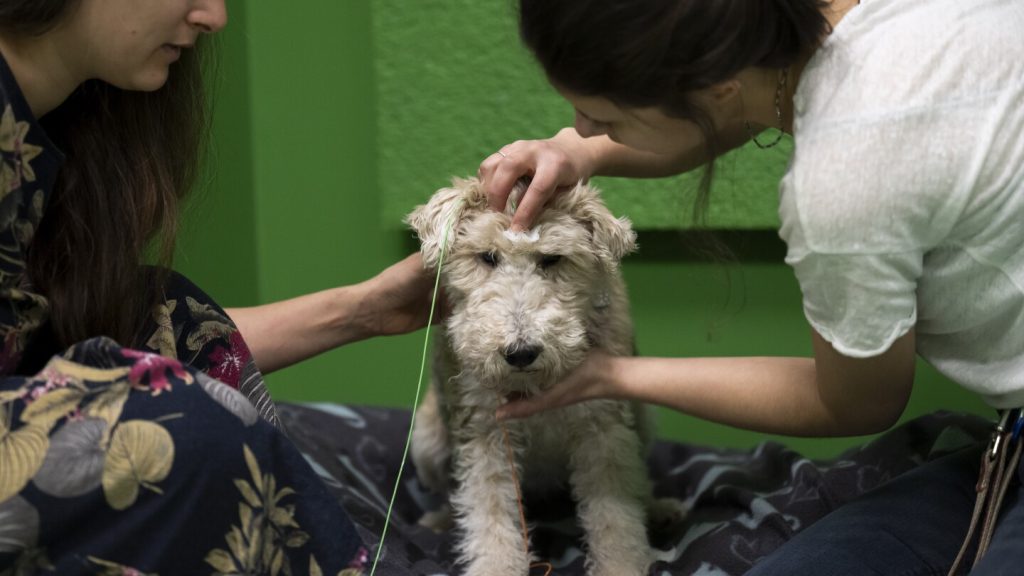A recent study conducted in Hungary has shed light on the ability of dogs to understand and respond to words referring to specific objects, a skill known as referential understanding. The study, published in the science journal “Current Biology,” involved 18 dogs and utilized non-invasive EEG procedures to measure brain activity. Dog owners participating in the study would play audio clips of words like “ball” or “frisbee” and then show the corresponding object to their dogs. The researchers found that dogs exhibited a different brain pattern when shown an object that matched the word, suggesting they were able to form a mental image of the object based on hearing the word for it.
While some experts have raised doubts about the findings of the study, others believe that the ability of dogs to understand referential language may be an innate capacity rather than a learned skill. Lilla Magyari, co-lead author of the study, emphasized that dogs do not require special training to demonstrate this understanding, unlike other animals that have been shown to possess similar abilities. The study challenges the traditional view that only humans possess a deeper grasp of language, suggesting that dogs may also have the cognitive capacity to associate words with specific objects.
The study’s findings have sparked interest and discussion among dog owners, with some considering ways to enhance their pets’ vocabulary and teach them names for objects. The evolution of dogs alongside humans for thousands of years has fostered a close relationship between the two species, leading to the development of communication skills that extend beyond basic commands like sit and stay. While the exact origins of dogs’ ability to understand referential language remain unclear, the study provides valuable insight into the cognitive abilities of our canine companions.
Overall, the study in Hungary has highlighted the complex relationship between dogs and language, suggesting that they may possess a deeper understanding of words and their meanings than previously thought. By demonstrating their ability to associate specific objects with words, dogs have shown that they can form mental images based on auditory cues, challenging our perceptions of their cognitive abilities. While the debate continues among experts in the field, the study encourages further exploration of the unique communication abilities of dogs and the potential for deeper connections between humans and their canine companions.


